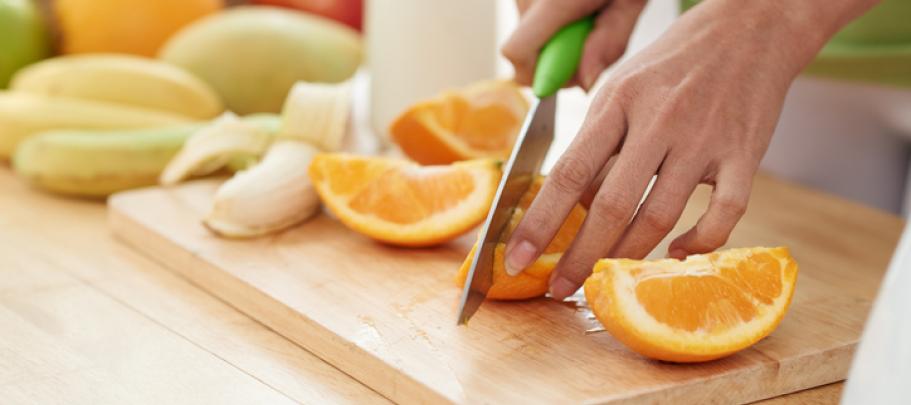
One of my favorite magazines is Southern Living. Although I’ve never lived south of the Mason-Dixon Line, I channel my Tennessee grandmother every month when I pore through the magazine, learning how to decorate, garden and cook the way Southerners do.
So I was disappointed when I received an email from Southern Living that violated one of today’s most important rules of writing: Make your writing accessible by breaking it apart into small pieces.
The problem with long paragraphs is that they seem like a lot of work. No matter how well the sentences are written, readers are confronted with a big barrier to entry. So, unless audience members are really interested in the topic (and they’ve got some time), they’re likely to be intimidated by length. This is especially true of busy employees.
The simplest way to fix the problem is to divide and conquer.
To demonstrate, I’m going to share the whole section (It’s only 239 words, but it seems much, much longer), then show how to fix it.
Here’s the before:
Ever wonder what goes on in The South's Most Trusted Kitchen? Here's how it all goes down: At 8:30 a.m., Associate Food Editor Norman King brews the first of many pots of coffee to welcome our 5-member Test Kitchen team, which shops at our local supermarkets every morning for the raw ingredients used to develop and test a dozen or so recipes each day.
Some of the recipes come from readers or chefs, but most are developed from scratch. We use the same kind of mixers, blenders, and knives that home cooks would use, and cook for months in advance to perfect a recipe, testing a holiday cake in the heat of August just to get the garnish right for the December issue. Every day at 2 p.m., 12 editors and Test Kitchen pros pour glasses of tea, fill up plates, and sit down at the long tasting table to talk extensively about each dish, with Executive Editor Hunter Lewis leading the discussion. For every recipe, we keep these filters in mind: Is it delicious? Does the recipe make sense? Is the dish photogenic? Are we pushing the notions of Southern food forward while honoring our past? Would we serve it to our mamas? Then we refine and test the recipes again. And again. (Recipes are tested an average of four times.) The process amounts to hundreds of recipes a month. That's a lot of elbow grease (and groceries).
And here’s how I made it over. Please note: I did cut a bit of copy. And, more importantly, to create an easier reader experience, I added some structure, building on the “hours of the day” that the writer began (but didn’t follow through).
Ever wonder what goes on in The South's Most Trusted Kitchen? Here's how it all goes down:
- At 8:30 a.m., Associate Food Editor Norman King brews the first of many pots of coffee to welcome our 5-member Test Kitchen team, which shops at our local supermarkets every morning for the raw ingredients used to develop and test a dozen or so recipes each day. Someof the recipes come from readers or chefs, but most are developed from scratch.
-
At 9 a.m., we start testing, using the same kind of mixers, blenders, and knives that home cooks use.
- Every day at 2 p.m., 12 editors and Test Kitchen pros pour glasses of tea, fill up plates, and sit down at the long tasting table to talk extensively about each dish, with Executive Editor Hunter Lewis leading the discussion.
-
For every recipe, we keep these filters in mind: Is it delicious? Does the recipe make sense? Is the dish photogenic? Are we pushing the notions of Southern food forward while honoring our past? Would we serve it to our mamas?
- The next morning, we start again to refine and test the recipes. And again. Recipes are tested an average of four times. The process amounts to hundreds of recipes a month. That's a lot of elbow grease (and groceries).
See what I mean? Just by chunking copy, you improve your writing—a lot.




